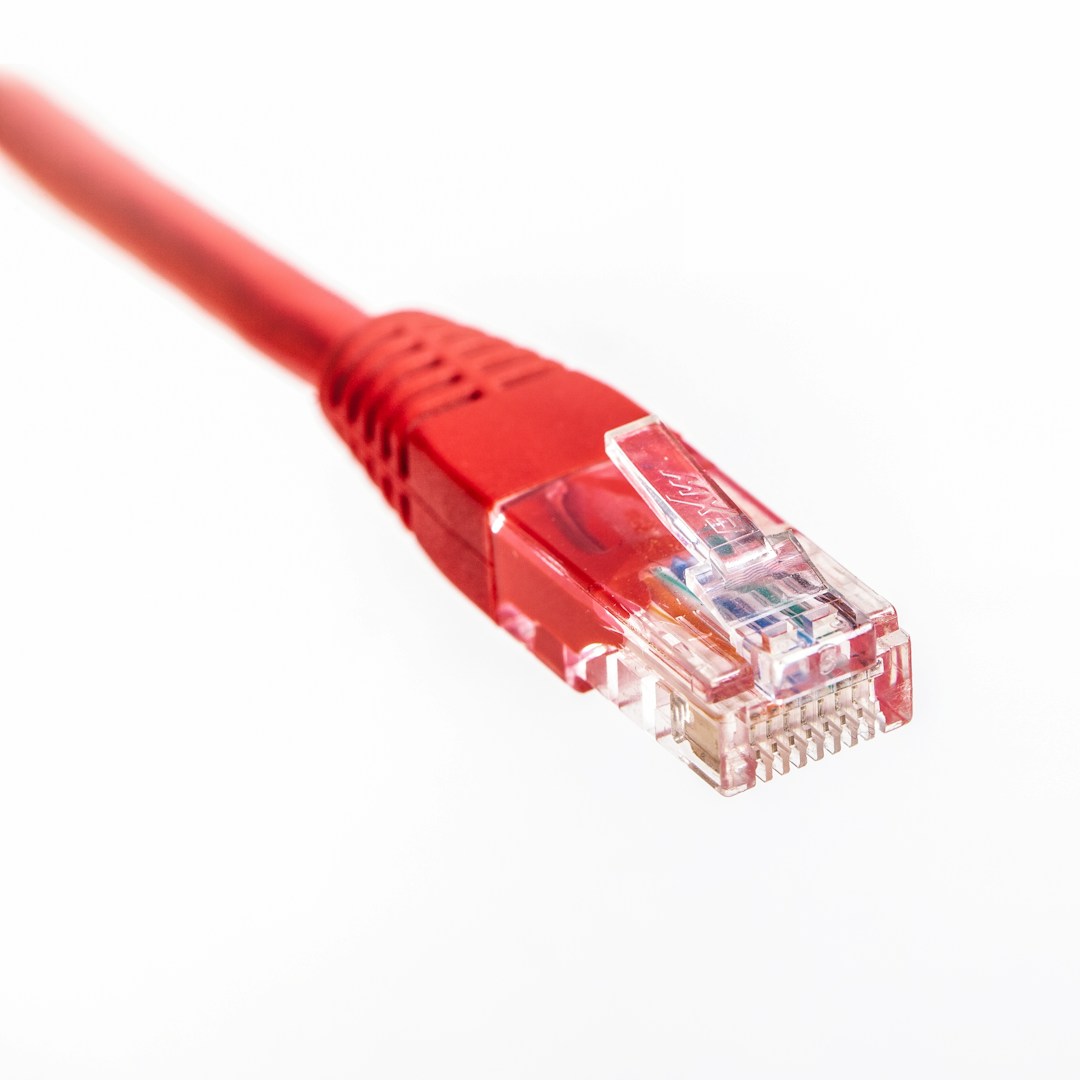25
2025
-
06
What are the functions of the 8 pins of an RJ45 connector?
Author:
I. Pin Numbering and Standard Wiring
| Pin Number | Color | Function Category |
| 1 | White-Orange | Transmit Data Positive (TX+) |
| 2 | Orange | Transmit Data Negative (TX-) |
| 3 | White-Green | Receive Data Positive (RX+) |
| 4 | Blue | Spare / Ground |
| 5 | White-Blue | Spare / Ground |
| 6 | Green | Receive Data Negative (RX-) |
| 7 | White-Brown | Spare / Ground |
| 8 | Brown | Spare / Ground |
II. Pin Functions at Different Network Speeds
1. 10BASE-T/100BASE-TX (100Mbps Network)
- Data Transmission Pins: Only 4 wires are used (1/2/3/6)
- 1/2: Form the transmit differential pair (TX+/-), used for device data transmission;
- 3/6: Form the receive differential pair (RX+/-), used for device data reception;
- Spare Pins: 4/5/7/8 are usually grounded or unused. In some cases, they are used to connect telephone lines (e.g., VoIP devices).
2. 1000BASE-T (Gigabit Network)
- Full-duplex transmission: Uses all 8 wires (4 pairs of differential signals)
- 1/2: Transmit differential pair 1 (TX1+/-);
- 3/6: Receive differential pair 1 (RX1+/-);
- 4/5: Transmit/Receive differential pair 2 (TX2/RX2+/-);
- 7/8: Transmit/Receive differential pair 3 (TX3/RX3+/-);
- Note: In Gigabit networks, each pair of pins simultaneously handles transmission and reception, achieving bidirectional transmission through full-duplex technology.
3. PoE (Power over Ethernet) Scenarios
- 802.3af/at standard (PoE+):
- Power Pins: Power is transmitted through 4/5 (positive) and 7/8 (negative), or 1/2/3/6 simultaneously transmits data and power (pin allocation varies depending on the power supply mode);
- For example: Mode A uses 1/2 (+) and 3/6 (-), Mode B uses 4/5 (+) and 7/8 (-). Wiring needs to be based on the PoE type supported by the device.
III. Comparison of Pin Functions between T568A and T568B
| Standard | Pins 1-2 | Pins 3-6 | Application Scenarios |
| T568A | White-Green / Green (RX+/-) | White-Orange / Orange (TX+/-) | Crossover Cable (Direct Device Connection) |
| T568B | White-Orange / Orange (TX+/-) | White-Green / Green (RX+/-) | Straight-Through Cable (Device - Switch/Router) |
| Core Difference The transmit/receive pins of T568A and T568B are reversed. Therefore, crossover cables need to reverse the wiring order of pins 1-2 and 3-6, used for direct computer connections, etc., while straight-through cables follow a unified standard (usually T568B). | |||
IV. Engineering Application Points for Pin Functions
- Differential pairs (such as 1/2, 3/6) should maintain a twisted state to reduce electromagnetic interference (EMI). Unused pins are recommended to be grounded;
- In Gigabit networks, the twist pitch of the four twisted pairs needs to match the cable type (e.g., CAT6a requires a twist pitch ≤0.5mm).
- Confirm the PoE mode (A/B) supported by the device to avoid reverse connection causing device damage;
- The 802.3at standard has a maximum power supply of 30W. When power is supplied through pins 4/5 and 7/8, ensure that the copper core cross-sectional area of the wire is ≥0.2mm².
- 100Mbps network failures are often caused by poor contact of pins 1/2/3/6. A network cable tester can be used to check the continuity of the corresponding pins;
- Gigabit networks require all 8 wires to be connected. If speed negotiation fails, it may be due to an open circuit in one of the 4/5/7/8 wires.
V. Matching of Pin Functions and Cable Types
| Cable Type | Supported Speed | Required Pins | Spare Pins |
| CAT5 | 100Mbps | 1/2/3/6 | 4/5/7/8 |
| CAT5e | 1000Mbps | All 8 pins | None |
| CAT6 | 10Gbps (short distance) | All 8 pins | None |
Summary
RJ45 connector
Previous Page
Next Page
Previous Page
Next Page
25
2025-06
What does RJ45 connector mean?
19
2025-06
19
2025-06
18
2025-06
18
2025-06
17
2025-06
17
2025-06
Industry 4.0 Essentials: Have You Chosen the Right RJ45 Connectors for Your Factory Automation?
Contact Us
Factory add: NO.54. Jinhu South Road, Chenjiang Town, Zhongkai Hi-tech Zone, Huicheng District, Huizhou city, China
Telephone:0752-2099791
Office add: B901-1, Silver Star Hi-Tech Building, No. 1301 Guanguang Road, Longhua District, Shenzhen, China
Website:www.jiaxunzg.cn
Telephone:0755-81752121
Fax: 0755-81752963
Mailbox:sales1@jiaxunzg.cn
Mailbox:sales2@jiaxunzg.cn
Mailbox:sales3@jiaxunzg.cn
Copyright © 2024 Jiaxun (Huizhou) Intelligent Technology Co., Ltd. Privacy Policy






